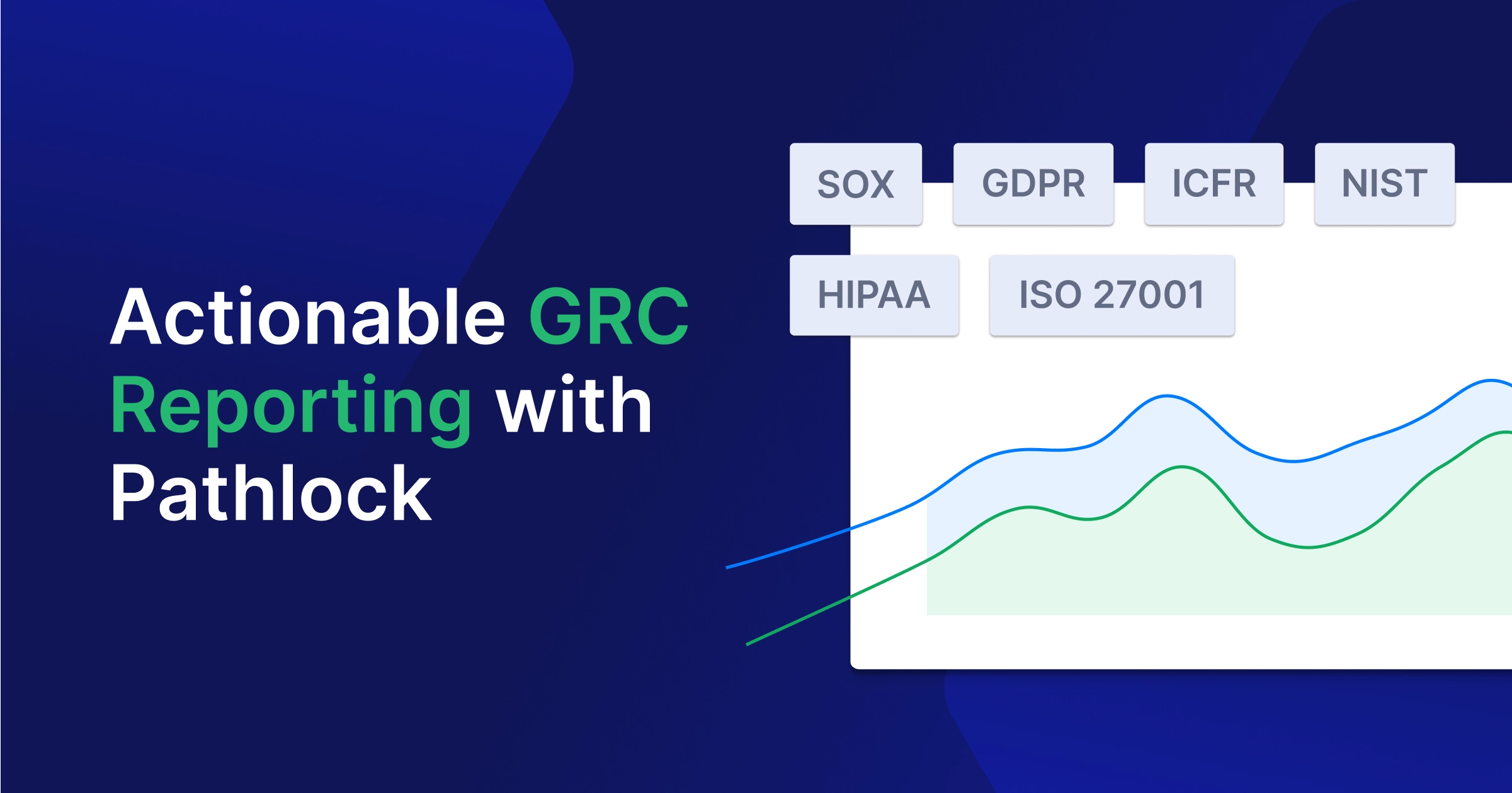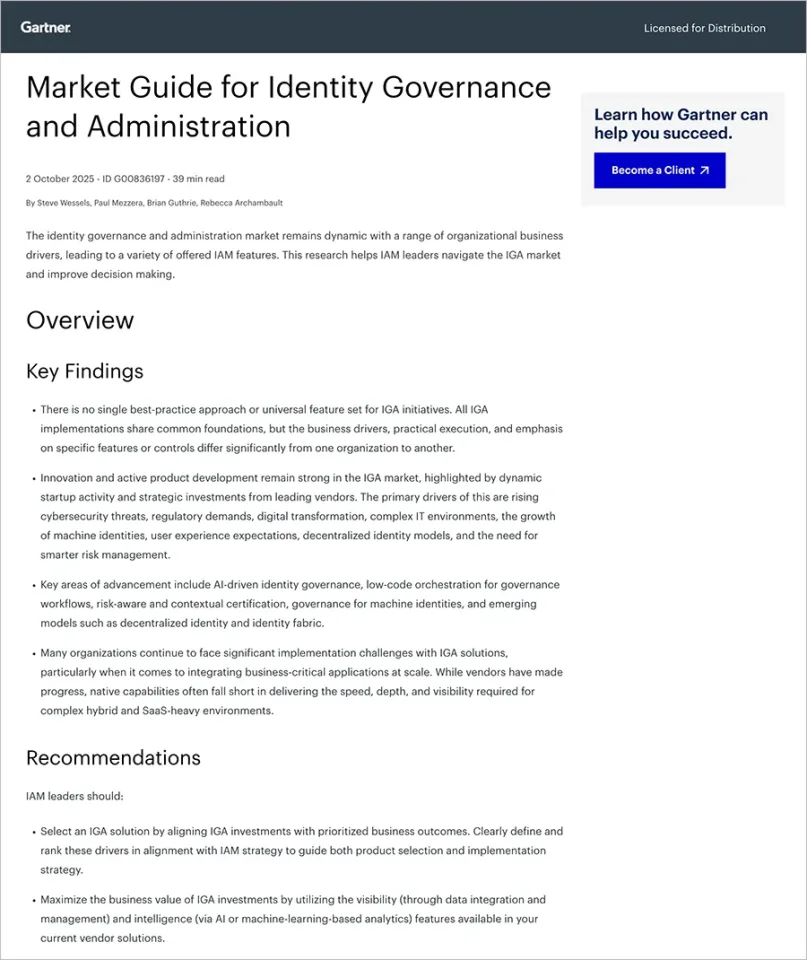Risk management and compliance are often associated with extensive spreadsheets, time-consuming manual checks, and audit stress. Traditional internal controls, vital for any organization, can be laborious and prone to mistakes, compromising efficiency. As transaction complexity and volume increase, these standard methods can falter, making accurate risk management challenging. Managing complex compliance, a crucial element that protects the company’s reputation and operations, can also prove challenging. Automated internal controls monitoring allows organizations to streamline processes, enhance accuracy, and reduce human error. Additionally, automated internal controls also provide continuous real-time transaction oversight.
The shift from conventional to modern monitoring systems requires careful thought and multiple considerations. In this post, we will detail how risk management through the use of automated internal controls can transform from a daunting task into a well-oiled machine.
Limitations of Traditional Internal Controls
Traditional internal controls have drawbacks that can hinder an organization’s efficiency. Despite their historical role in managing risk and maintaining compliance, these methods falter as transaction complexity, volume, and compliance demands increase.
Time-Intensive and Error-Prone
Checking and managing risks using traditional methods can be a massive time sink for team members who could be working on more strategic tasks. It requires scrutinizing many spreadsheet entries and manual cross-checking, which heightens the risk of human error. Even small mistakes can lead to faulty risk assessments, exposing the organization to unforeseen risks and compliance breaches.
Lack of Real-Time Detection
Traditional internal controls generally involve periodic checks. While this method may capture certain risks and compliance issues, it falls short on real-time monitoring. Issues could arise and escalate between checks, remaining undetected until the next review cycle. By the time an issue is discovered, the damage could be severe, resulting in potential non-compliance penalties or financial losses.
Inadequate for Modern Operations
As businesses transition from paper-based systems to networked operations, traditional methods often fall behind. They struggle to monitor the transactions that occur within digital platforms or across different applications. This inadequacy can lead to ineffective risk management, leaving assets exposed to threats or compliance violations.
In an era where businesses rely heavily on advanced technologies, traditional internal controls can be more of a roadblock than a benefit.
These shortcomings highlight the need for more sophisticated, automated systems that offer real-time, efficient monitoring of all activities across all applications. This transition could redefine risk management, compliance, and overall operations, enhancing efficiency and accuracy.
The Benefits of Automated Internal Controls Monitoring
Automated internal controls monitoring introduces a new way of managing risk and compliance. By addressing the limitations of traditional methods, it offers several significant benefits that boost an organization’s efficiency and accuracy.
Enhanced Accuracy and Efficiency
Automation equates to precision. Automated systems conduct thorough checks, reducing errors typical of manual processes. As a result, risk assessments are more accurate, leading to more informed decision-making. By automating internal controls, organizations save time and resources previously spent on labor-intensive tasks. This increased efficiency allows resources to be redirected to other vital areas, boosting overall productivity.
Real-time Oversight and Compliance
Unlike intermittent reviews, automated systems constantly monitor all transactions. This persistent oversight enables immediate detection and response to potential risks or compliance issues. Organizations can swiftly rectify discrepancies, lessening their impact. This constant vigilance ensures adherence to regulatory requirements, thus reducing audit-related stress.
Fraud Prevention
Automated systems also help prevent fraudulent activities. By constantly monitoring all transactions, suspicious activities are immediately flagged. This proactive approach to fraud detection reduces the possibility of substantial losses due to fraud.
As automated systems track all transactions, the risk of any activity going unnoticed decreases. This complete visibility into transactions minimizes potential losses due to delayed detection, improving overall financial stability.
Reduced Losses
With the growth in the complexity and volume of transactions, the use of automated internal controls monitoring is becoming increasingly essential. This modern approach to risk management improves efficiency, enhances accuracy, ensures continuous compliance, and strengthens fraud prevention measures. By harnessing these benefits, organizations can manage risk and compliance with greater confidence and control.
Implementing Advanced Monitoring Systems: 4 Key Considerations
Transitioning from traditional to automated internal controls monitoring is a crucial shift for modern businesses. However, it requires a strategic and well-planned approach to maximize benefits and minimize potential challenges.
Here are four key areas to focus on during this transition.
Conduct a Thorough Cost-benefit Analysis
Start your transition to automated monitoring with a detailed cost-benefit analysis. Look beyond the initial investment in software. Account for direct costs such as software procurement and setup, as well as indirect costs like training and potential operational impacts during the transition. Evaluate long-term benefits, too, like risk reduction and improved compliance. A thorough cost-benefit analysis lays the groundwork for informed decision-making.
Strategically Plan the Transition
Transitioning to automated internal controls monitoring takes time and strategic planning. Implement a phased approach like the “crawl-walk-run” method for effective management. Starting small allows for regular assessment and adjustments. Include contingency plans for unexpected hurdles so the transition stays on track despite challenges.
Ensure Seamless System Integration
Seamless integration of the new system with existing technologies is critical. Poor integration could lead to data migration or compatibility issues, disrupting operations. Make sure the chosen solution synchronizes well with current systems. This wards off the possibility of losing data and guarantees a seamless shift.
Implement Comprehensive Staff Training
The integration of the software is only the beginning. Users must be comfortable and proficient with the new system. Provide diverse training methods to cater to different learning styles. In-person workshops, online tutorials, or one-on-one coaching sessions can make training more engaging. Thorough training boosts user acceptance, facilitating a smoother transition and optimal use of the automated system.
Transitioning to automated internal controls monitoring can greatly enhance your risk management. By focusing on these key areas, you can plan and execute a successful transition, fully harnessing the benefits of automation in risk management.
Pathlock’s Role in Streamlining Internal Controls Monitoring
Pathlock Cloud improves internal controls monitoring via its Continuous Controls Monitoring (CCM) product. CCM provides controls management, risk quantification, and change monitoring for IT configurations and master data.
CCM provides visibility to 100% of transactions versus sampling of data to uncover exceptions. This leads to more comprehensive reviews of exceptions, valuations of the potential impacts of those risks, and a significant reduction in the workload required to prepare for audits. Dashboards and compliance reporting enhance the efficiency of internal audit teams and business process owners.
By implementing CCM with Application Access Governance, companies can identify and reduce risks on their way to a Zero-Risk environment. Want to know more? Get in touch with us for a demo.



